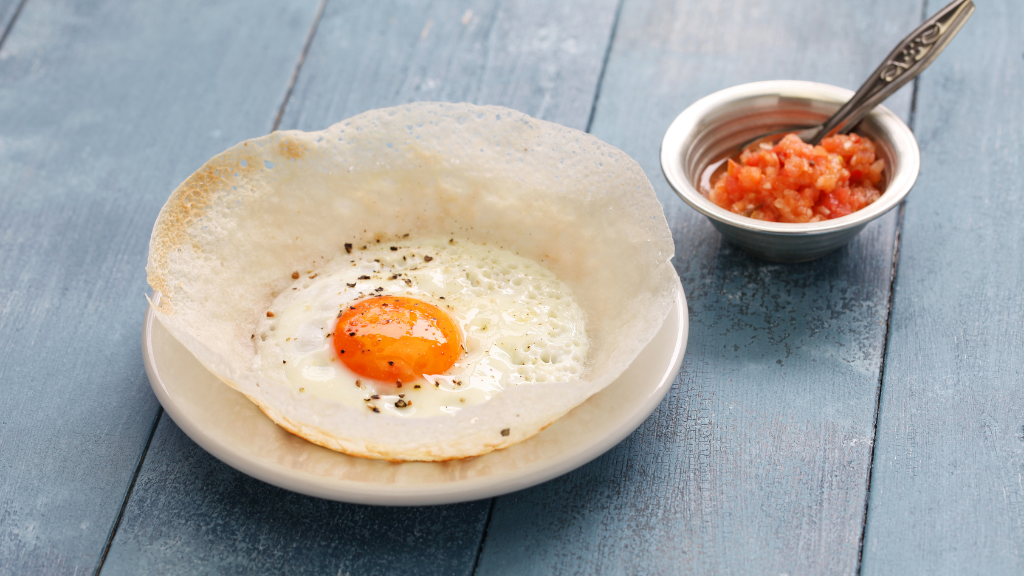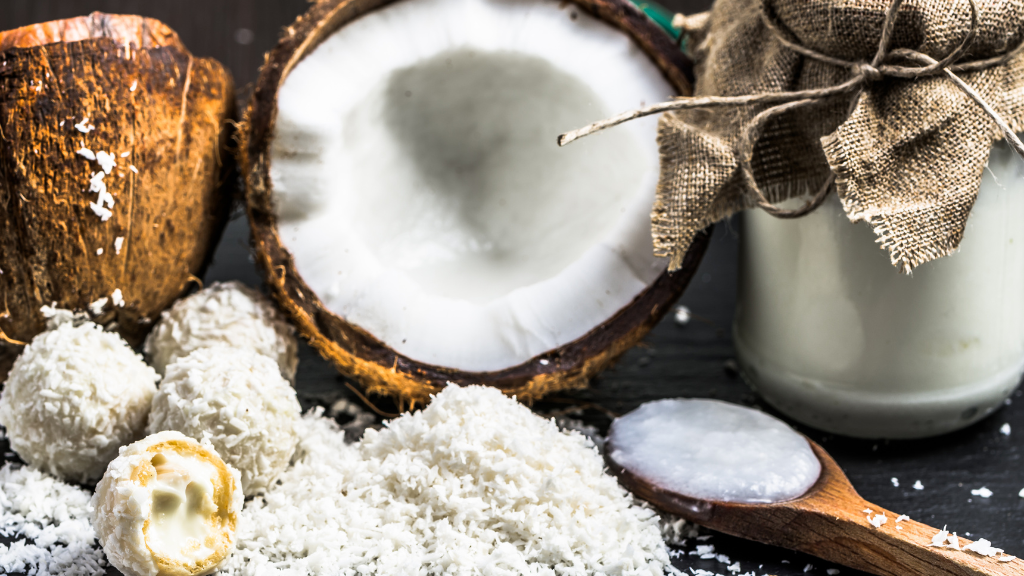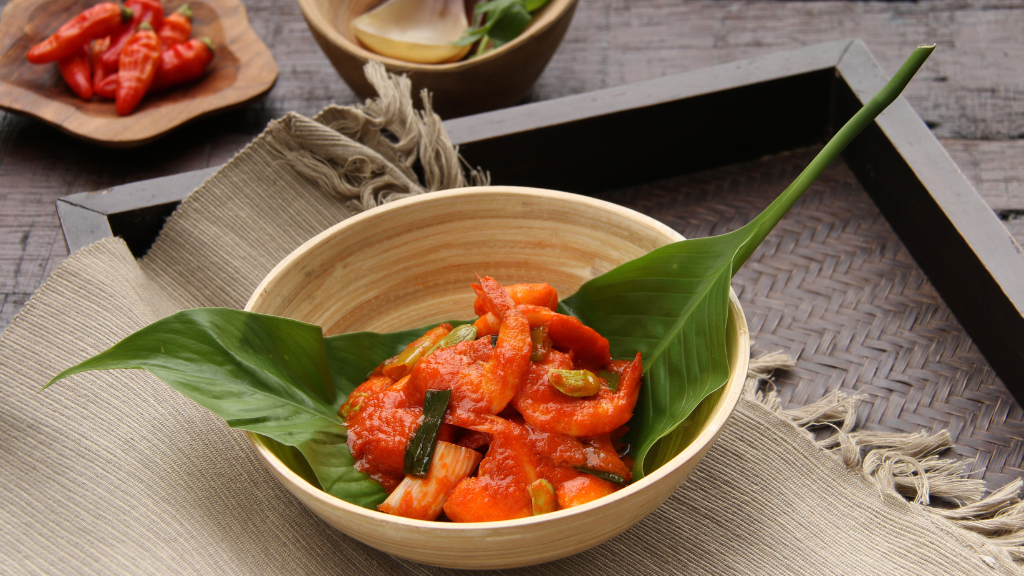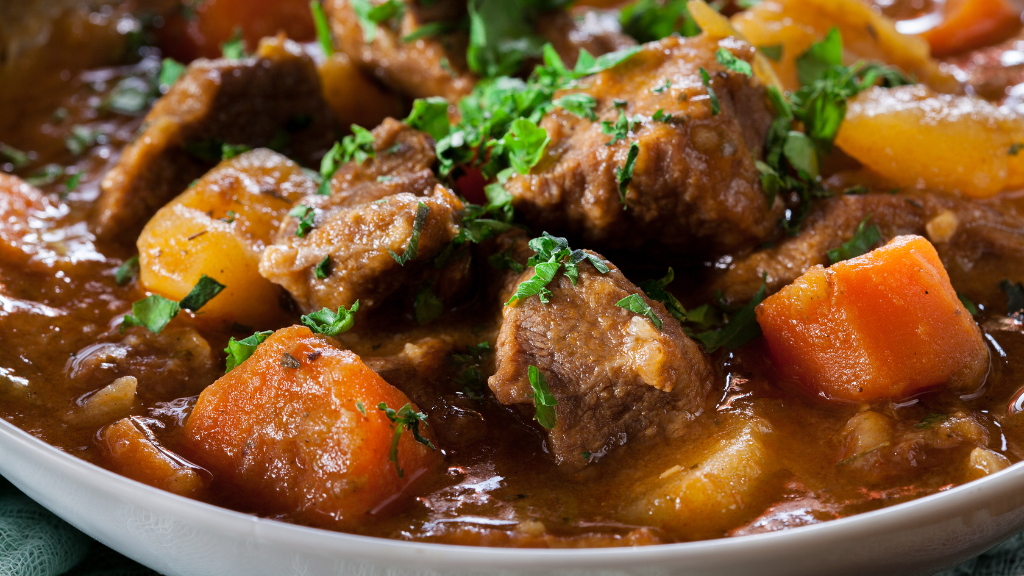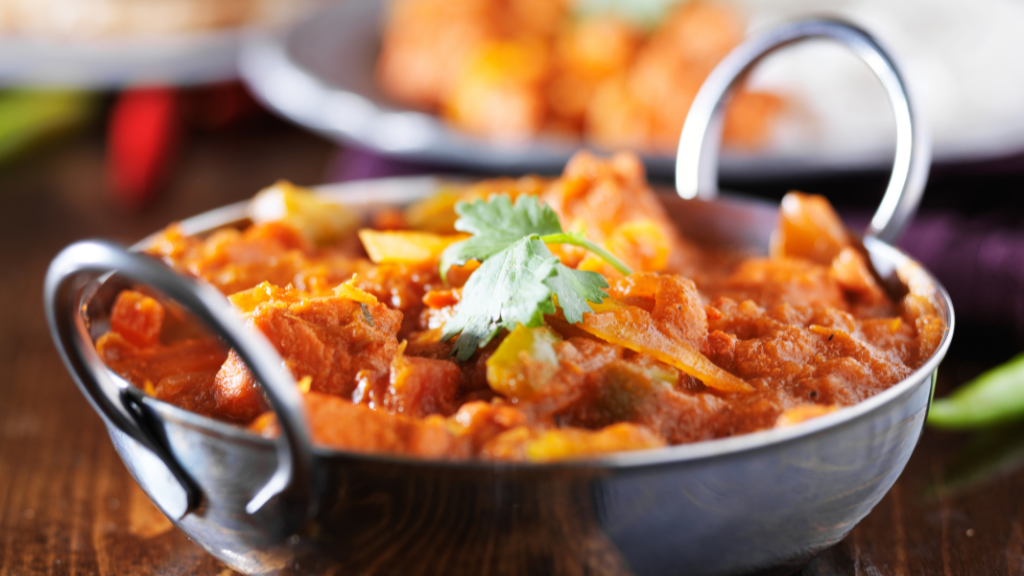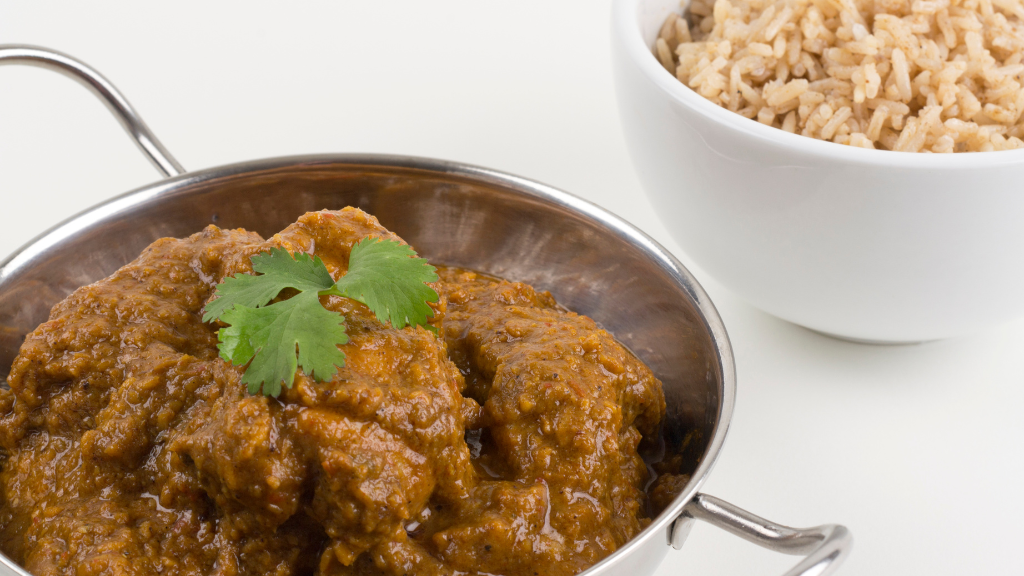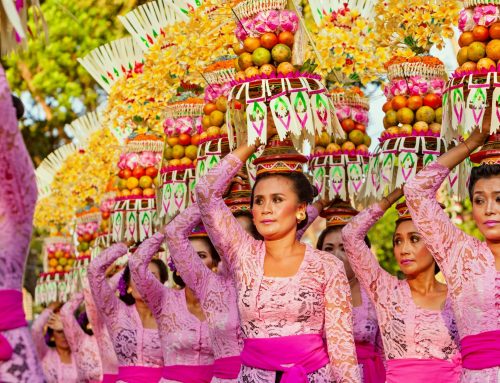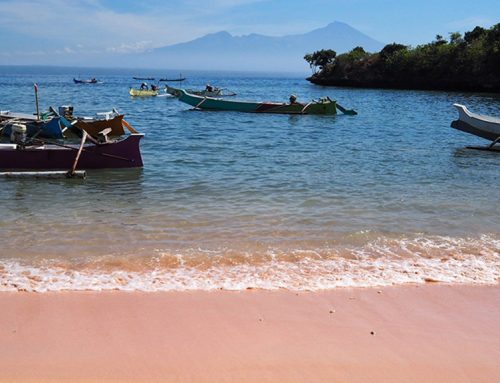“Today’s travellers are searching for a cultural experience, finding the best places to taste the ‘real’ local food, just like the locals eat.”
Food travel may be gaining steam but it is not a new concept. Asia’s top destinations such as Thailand, India, Indonesia and Japan have always been known for their food. But food travel is more than that. Besides delicious local fare, it is also all about the warm, smiling Asian hospitality, meeting local people and discovering the local history and culture. And of course, along the way, experiencing spicy or fragrant cuisines made from exotic Asian ingredients.
“But things are evolving,” says Koh Samui’s award-winning chef restaurateur, Santi Wongsawat, who is on a mission to put the island’s distinctive southern Thai cuisine on the ‘Foodie’ map. “These days, travellers have become more focused on food experiences as an important part of their travels, seeking out the exceptional restaurant or local dish to share on Instagram, learning more about the provenance of the dishes, the ingredients and the stories behind what they eat.” It is no longer about ticking off a standard Thai curry from their list.
Santi is one of a breed of chefs and restaurateurs who are driving this trend of putting dining and culinary experiences at the forefront of the tourist experience in Asia and driving food travel. “Today’s visitors are searching for a cultural experience, finding the best places to taste the ‘real’ local food, just like the locals eat,” adds Santi.

One of the best ways to discover local cuisines is to have a professional chef cook delicious meals for you in your own private villa. When you stay at an elite haven, five-star in-villa dining by resident chefs skilled in preparing local and international cuisines is a key attraction of the villa holiday experience.
Phuket & Koh Samui
In Thailand, visitors to the islands of Phuket and Koh Samui are amazed at the immense variety of Thai and international restaurants and eating places, from gourmet restaurants earning Michelin stars, to street-side stalls with long queues. Thailand now offers so much choice and opportunity to discover one of the world’s most popular cuisines.
If you think that Phuket’s food is the same as Samui’s, you’ll be surprised to find that they are vastly different. Geographical and cultural influences, such as the historic Chinese and Indian communities in Phuket, have had a great impact on the evolution of the island’s food. Whereas in Samui, the influence is more from Malaysia and Southeast Asia, rendering their signature dishes quite distinct.
Visitors to both islands will also find an explosion of street markets, open day and night, like Fisherman’s Village in Samui or the Chillva or Weekend Market in Phuket. These offer you the opportunity to browse the brightly lit streets, sampling local specialities as you go, all at affordable prices and in a festive, carnival atmosphere.
You can also immerse yourself in the local culinary culture through in-villa cooking classes. Your in-villa chef will be happy to take you on a market tour, culminating in a cooking experience in your villa. Not only do you get to sample local cuisine, but also take back the knowledge of how to make it in your home. Alternatively, cooking classes are now a popular fixture of the tourist landscape, with farm-to-table experiences showcasing the whole process from picking your own ingredients to preparing and cooking it, and then sitting down to enjoy the fruits of your labours.
Sri Lanka
South Asia is home to some of the world’s most fragrant and delicious cuisines. As the local people often say when asked where you can find the best local food, the answer is always, “At my house.” Elite Havens’ resident villa cooks come into their own as they enthral you with their cooking expertise, highlighting the vast array of different tastes and aromas from the myriad of exotic spices and ingredients for which this part of the world is renowned.
In Sri Lanka, the coconut is king. And a bounty of fresh seafood such as prawns form the basis of rich and creamy curries, complemented by steamed coconut rice or fluffy hoppers. Food is always garnished with coriander leaves and served with wedges of lime and a variety of sambal – sweet or spicy fruit and vegetable condiments to compliment the main dishes.
In some of the main tourist centres such as Colombo and Galle, a wide variety of local and stylish international restaurants have opened to service a revived and vibrant tourism industry. Here, chefs take local cuisine to new heights with their creative approach to traditional dishes to appeal to international tastes.
For the adventurous tourist, delicious street food abounds with stalls selling egg hoppers served with spicy sambal and washed down by amazing teas and the juice of fresh, native coconuts.
India
India is synonymous with good food, being one of the most loved cuisines around the world. It is no exaggeration that the best Indian food is served in the heartland of the country. But there is nothing called ‘Indian food’. There are hundreds of Indian cuisines, with regional variances down to district levels.
When you visit Goa, allow yourself to give in to temptation and taste local Goan dishes. Imagine a symphony of flavours, where fiery vindaloo meets tangy kokum, where creamy coconut mingles with fragrant spices, and where Portuguese heritage dances with Konkani tradition. This is the essence of Goan cuisine, a vibrant tapestry woven from centuries of cultural exchange.
At its heart lies the Indian coastal Konkani influence, with its focus on fresh seafood, fragrant spices like black pepper and cardamom, and a delicate balance of sweet and sour notes. Dishes like humann (fish curry with steamed rice) and ambat (tamarind-based sour curry) exemplify this, bursting with the flavours of the ocean and the land.
Then came the Portuguese, leaving their mark with a treasure trove of ingredients – fiery chillies, plump tomatoes, potatoes, and tangy vinegar. These transformed Goan staples, birthing the legendary vindaloo and the rich, meaty sorpotel stew. Bread, a cornerstone of Portuguese cuisine, also took root, gracing dishes like xacuti (coconut curry) and the fluffy poee baked in clay ovens.
Goa’s culinary journey wouldn’t be complete without whispers of other influences. Islamic touches like saffron and nutmeg add depth to some dishes, while hints of British rule can be found in the use of vegetables like cauliflower and cabbage. The result? A symphony of flavours, where East meets West in a delicious explosion. Coconut whispers its creamy secrets in every dish, seafood takes centre stage, and spices weave their magic, creating a kaleidoscope of sweet, sour, fiery, and fragrant notes.
Bali & Lombok, Indonesia
Bali and its smaller island neighbour Lombok are right up there in the exotic food stakes of Asia, where dining can be as ceremonial as the daily temple rituals you see as you travel around the islands.
The famous Balinese rijsttafel offers an outstanding introduction to culinary Indonesia with up to 40 dishes served from around the world’s largest archipelago in a fusion of Indonesian and Dutch colonial influences. The components of this Southeast Asian feast comprise a superb food experience for the visitor as they become acquainted with the diverse tastes and flavours of the exotic dishes on offer.
Meanwhile, a highly developed dining scene in Bali boasts many chic restaurants, fuelling Food Travel. Dine by the sea or up in the mountains, and feast on the renowned Balinese roast duck bebek betutu and spit roast pig babi guling, while dishes such as sate lilit and of course, the national dish of fried rice or nasi goreng can be found everywhere. Not yet on the food travel map, Lombok has a different cuisine, distinct from Bali. Here, you will not find pork. Instead, beef takes centre stage, rendering Lombok a food lovers’ paradise with so much to discover on every street corner, road or beachside-side stall.
Niseko, Hokkaido, Japan
Famous for some of the world’s finest powder snow in winter, Niseko is one of Japan’s premier ski resorts on the northern island of Hokkaido which attracts skiing enthusiasts from all over the world to its magnificent, manicured slopes set against the iconic backdrop of Mount Yotei.
The fun does not stop at the slopes. Hokkaido is renowned for the best produce found anywhere in the world and Niseko is the best place to taste these ingredients brought to life. A prime food travel destination, more than 100 restaurants and bars here offer plenty of choice for apres ski entertainment. This year-round destination is also well known for its food which offers visitors the gamut of dining experiences from Michelin-starred restaurants, and Wagyu steakhouses to cafes and bars serving up Hokkaido specialities.
Its northern location delivers the freshest seafood of every description which is skilfully crafted, Japanese-style, into outstandingly delicious sushi and sashimi. Meanwhile, the popular local ramen noodle dishes are found pretty much everywhere providing heart-warming sustenance for the skiers and snowboarders.
The best way to sample food in Japan is to enjoy the services of Niseko Gourmet. From private dining wherein celebrity chefs cook up a storm in your personal chalet, to delivery of meal packages, Niseko gourmet is your answer to Japanese destination dining in comfort.
Conclusion: Food Travel
Food travel is destined to gather speed in 2024, a great way to discover the world, one dish at a time. In part, this is thanks to technology and social media that helps us easily find restaurant reviews, menu translations, independent guides, local dining platforms, cooking classes and much more online.
Come, discover the world of flavours by staying at an elite haven. Our in-villa chefs know how to please the pickiest of eaters, and can cater to dietary restrictions and preferences. There is a world of tastes and flavours out there, just waiting to be discovered by you. Book your next culinary journey now.





